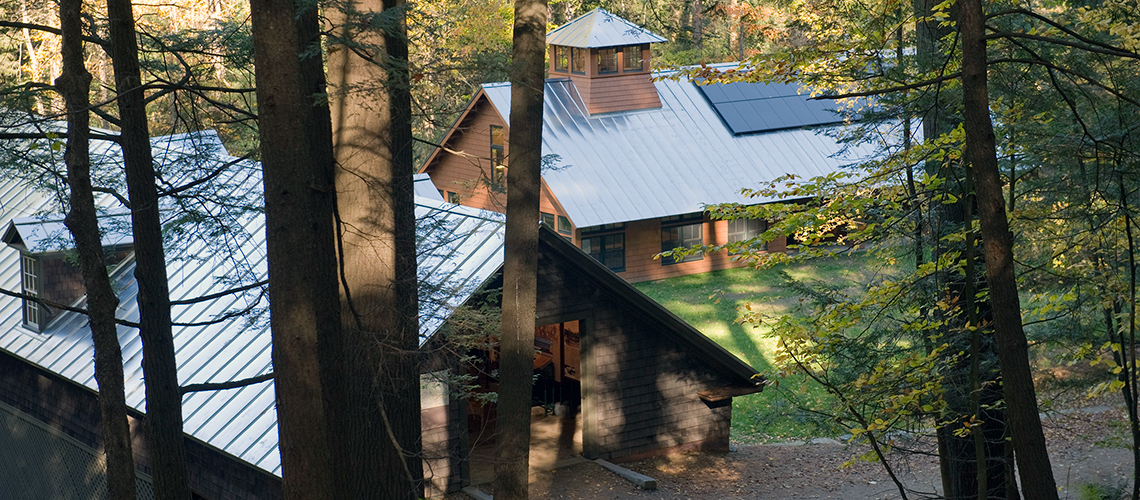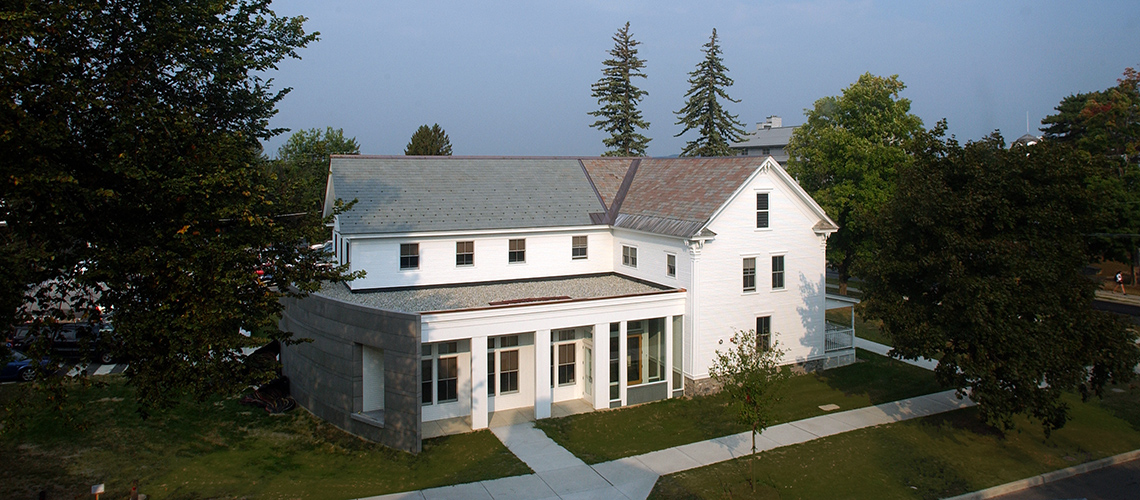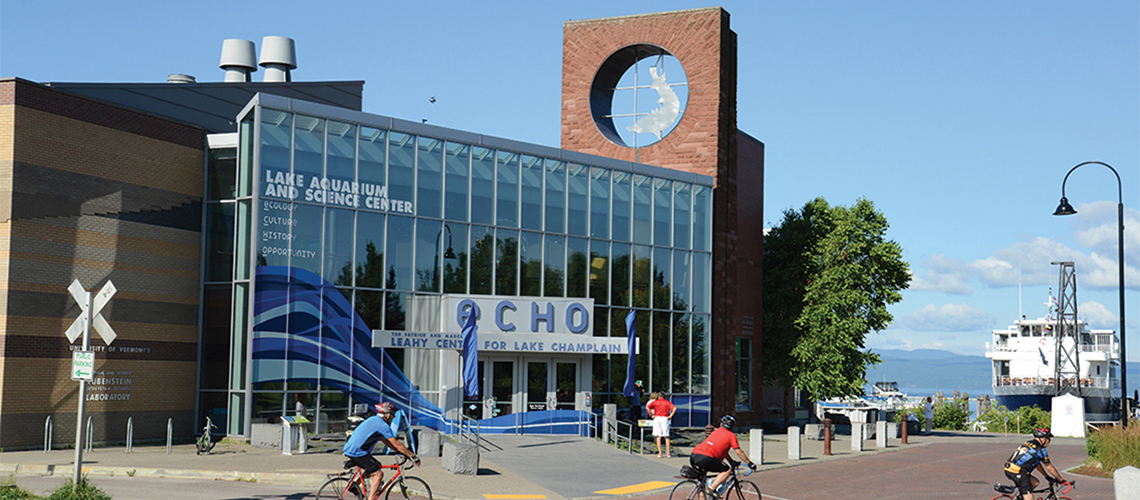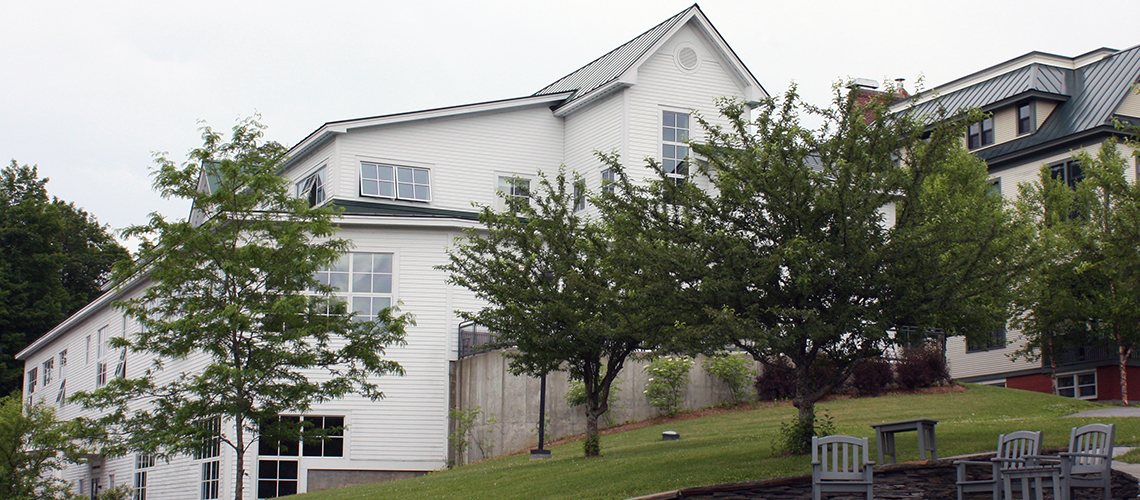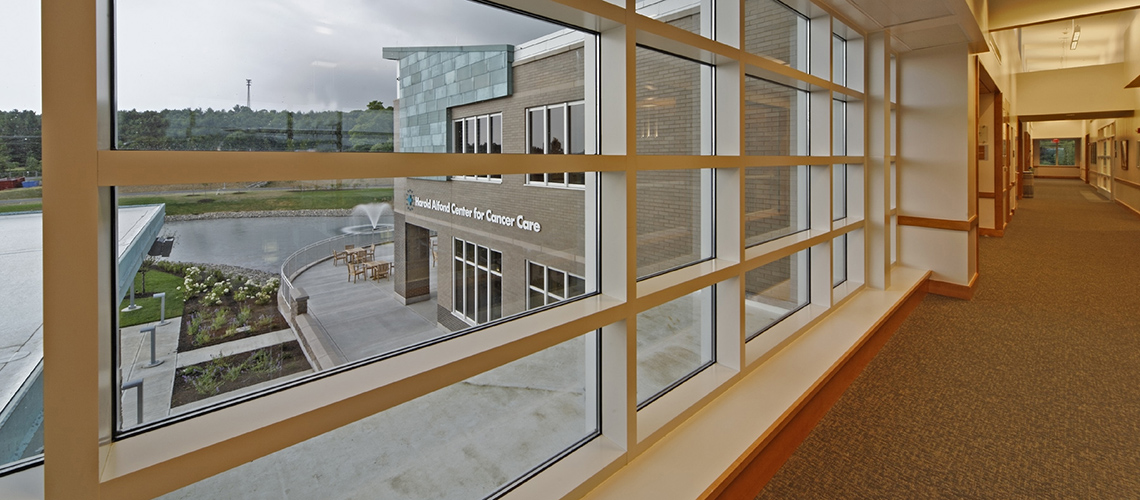
Harold Alfond Center for Cancer Care
Augusta, Maine
- OWNER: MaineGeneral Medical Center
- ARCHITECT: SMRT and TRO Architects
- DELIVERY METHOD: CM
Operated by MaineGeneral Medical Center, this remarkable project was designed to provide outpatient treatment in a comfortable and holistic environment. Completed ahead of schedule in just 18 months, the center stands as a testament to our commitment to efficient and timely delivery. It now serves as a comprehensive cancer center, offering essential services such as radiation therapy, medical oncology, imaging, and a multidisciplinary care unit.
We are proud to announce that this project has been awarded LEED Silver certification, recognizing its commitment to sustainable design and construction practices. The project’s dedication to environmental responsibility, energy efficiency, and occupant well-being has been duly acknowledged. Additionally, it has been honored with the prestigious Best Healthcare Design award by the International Interior Design Association, underscoring its outstanding architectural and interior design elements.
During an interview at his Belgrade home, Harold Alfond, whose generous contributions made the project possible, expressed his awe and satisfaction with the results. He marveled at the beauty of the center that now bears his name and expressed his surprise at the exceptional speed and quality of construction. Mr. Alfond remarked, “It is gorgeous. I never believed it could be done that well so fast. I never in all my manufacturing life—which was a long time—never saw something go up so easy. Those workers, those contractors, they’ve done a fabulous job.”
We are honored to have played a part in bringing Mr. Alfond’s vision to life and creating a center that not only meets the highest standards of healthcare but also embodies architectural excellence. The collaboration between MaineGeneral Medical Center, our team, and all involved parties has resulted in a facility that exceeds expectations in both function and aesthetics.

